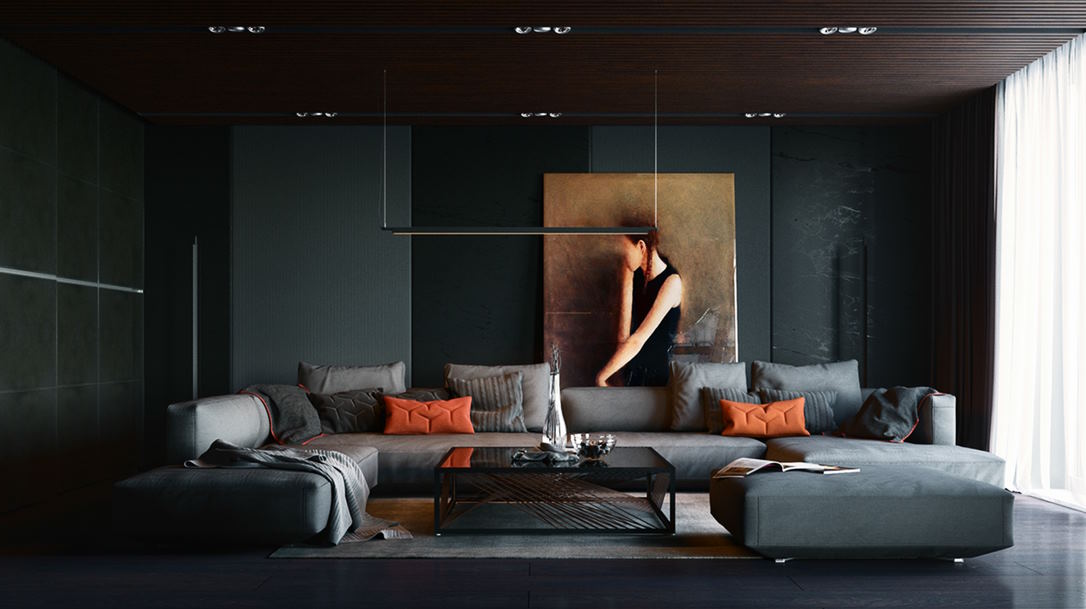Art in Interior Design: Tips for Incorporating Artwork into Your Home
Art has the power to transform a house into a home, infusing it with personality, emotion, and style. Whether you’re a seasoned art collector or new to the world of artwork, incorporating it into your home’s interior design can elevate the aesthetic appeal and create a unique ambiance. From selecting the right artwork that aligns with your style and the overall aesthetic of your home to thoughtful placement and arrangement, art in interior design requires careful consideration. We will explore tips for incorporating artwork into your home, including choosing the right artwork, understanding placement and arrangement, and proper maintenance and care, to help you create a captivating and personalized space that reflects your taste and enhances the beauty of your home.

Expert Tips for Selecting and Displaying Artwork in Your Living Space
Choosing the right artwork for your home is a crucial step in incorporating art into your interior design. With so many mediums of art available, such as paintings, sculptures, prints, and mixed media, it’s essential to explore and consider various options that align with your style and the overall aesthetic of your home. Paying attention to scale, proportion, and balance is vital when selecting artwork. Consider the size of your walls, furniture, and other elements in the room to ensure the artwork fits harmoniously in the space. Additionally, the subject matter, color palette, and composition of the artwork should be considered in relation to the overall aesthetic of the room. This will help create a cohesive look and feel. Moreover, incorporating meaningful and personal artwork that reflects your interests, values, and experiences adds a personal touch to your home and makes it truly unique. Whether it’s a cherished family heirloom, a piece from your favorite artist, or a DIY creation, artwork that holds sentimental value can make a powerful statement in your home’s interior design. When choosing artwork, take the time to consider the different mediums available, the scale and proportion in relation to your space, the subject matter and color palette, and the personal significance of the piece, to ensure you select the right artwork that enhances the beauty and character of your home.
Mastering Placement and Arrangement of Artwork in Your Home
Placement and arrangement of artwork in your home is crucial to create a visually appealing and harmonious space. Understanding the principles of design, such as focal points, balance, rhythm, and harmony, is essential when arranging artwork. Consider the overall aesthetic of the room and how the artwork can complement or contrast with the existing elements. Determining the ideal height and location for hanging artwork is also important. Consider eye level, furniture placement, and natural light sources to ensure the artwork is showcased at its best. Get creative with different ways to display artwork, such as using gallery walls, art ledges, or leaning artwork against walls or on mantels for a unique and dynamic look. Also, consider the flow and movement of artwork throughout your home, from entryways and hallways to living spaces and bedrooms, to create a cohesive visual experience. Proper placement and arrangement of artwork can truly enhance the impact of the artwork and elevate the overall aesthetic of your home.

Essential Maintenance and Care Tips for Artwork
Proper maintenance and care are essential to preserve the longevity and aesthetic value of artwork in your home. Understanding the importance of taking care of your artwork is crucial to ensure it remains in pristine condition for years to come. Learning how to clean and protect different types of artwork, such as paintings, sculptures, prints, and frames, is essential. Research and follow appropriate cleaning techniques for each type of artwork to avoid damaging delicate materials or finishes. Additionally, environmental factors such as sunlight, humidity, and temperature can have a significant impact on artwork. Take appropriate measures to protect your artwork from these factors, such as avoiding direct sunlight or using UV-protective glass for framing. Incorporating regular inspection and cleaning routines for your artwork can help identify and address any potential issues early on, ensuring your artwork remains in optimal condition. By taking the time to properly care for and maintain your artwork, you can preserve its beauty and value for generations to come.


